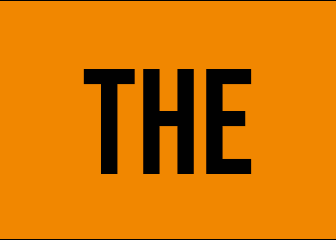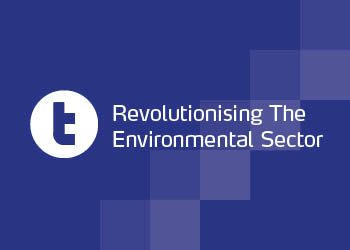Glass PRNs were the main interest for the market this week as people tried to get to grips with that the high prices meant for physical prices.
With the glass PRN price having the closest relationship to the physical price of any material, the recent and rapid increase in the PRN price should force up physical prices. And it has, to a degree.
A lot of it will depend on contractual tonnage. Some contracts specify a share of PRN revenue in the price for the physical material, and those prices have therefore increased on the back of a PRN price of £39 to £41 for both remelt and aggregate. But those contracts that don’t specify a share have seen physical prices remain lower.
It also depends on whether there has been any forward purchasing of PRNs when prices were lower, as this PRN price is also a reflection of a current market where some are desperate to buy for their obligation while others have bought at a cheaper rate.
PRN, and of course PERN, prices have been dominating a lot of conversations in recent weeks as prices have gone through the roof.
But we have also had the situation this week where the Advisory Committee on Packaging has written to the Competition and Markets Authority suggesting restrictive practices have led to an increased aluminium PRN price that this week has reached £90 per tonne. The letter can be viewed here.
Looking at physical market conditions, it is being widely reported that haulage and shipping is increasingly difficult to get.
This situation has been getting progressively worse since the summer, and there is still an after effect for shipping from the Chinese Golden Week in early October leading to containers being stranded. Hauliers are also struggling with European lorry drivers a lot less available.
The upshot of all this is that shipping costs to deep sea destinations are set to increase in December by $100 to $300 depending on volumes and relationships with shipping lines.
That is likely to put some downward pressure on prices in the coming weeks unless other factors are able to balance it out.
The pound dropped against the dollar to $1.28 at the time of writing having dipped as low as $1.27 when Brexit-related UK Cabinet resignations spooked the market. This week the pound was at $1.30.
Against the euro, the pound dropped from close to €1.14 to below €1.13 this week.
For exporters, this gives a competitive advantage by making UK material a little bit cheaper. But with demand low on the whole and shipping costs set to rise, this is actually making little difference at the moment. If anything, the PRN is providing much more price support right now.
Recycled plastics
News that Malaysia will allow imports for another three years but only to a handful of importers, will provide a little respite to a beleaguered export market. With Vietnam also set to re-open once port issues are resolved, there may be an opportunity to export there again. But this will need to be at the highest quality.
For the time being, Turkey and Poland are key markets for LDPE in particular, while UK recyclers are able to pick and choose what they want.
Bottle grades remain in demand when separated benefiting from the still high PRN, but mixed continues to struggle. The PRN price was stable this week.
Forecast prices
1 week 4 week
PET 294-300 281-287
HDPE 519-525 495-501
LDPE 214-220 205-211
Recycled paper
Prices for OCC were largely unchanged this week for the larger tonnage buyers such as domestic mills and the major Chinese exporters.
But those exporting to smaller mills in China were pushing up prices beyond £105, which was the absolute limit of the major exporters to China (the China range was typically £85 to £105). However, the big three were only in the market in small volumes for China.
Vietnam and other South East Asia tonnage was a little below this at £75 to £85. UK domestic was also at this sort of level if they were even buying, although possibly a bit further down at the bottom of the range. Europe was a little lower too. India was generally still in the £60s.
Overall though, prices for all grades were pretty much stable.
However, there have been strong rumours that Chinese buyers are set to enter the market strongly in the next few weeks to start taking up their 2019 quota.
At present though, the reality is that the mill groups are nervous about purchasing until they have a sense of how much 2019 quota they will get. The 2018 quota at the beginning of the year was given in small slices, and this could happen again affecting their ability to buy. On top of that, there is an expectation that the overall 2019 quota may fall by anything up to a third on the 2018 levels. That is why the mills are risk averse.
Plus, as mentioned above, shipping costs to deep sea destinations for December look set to rise if you can get hold of hauliers and sailings.
But once there is more certainty of quotas, it wouldn’t be a surprise if around Christmas and into the new year, Chinese buyers open the taps again with high prices for Chinese specification material.
Forecast prices
1 week 4 week
OCC 75-79 77-81
N&P 101-105 105-112
Mixed 38-42 40-44
Recycled metals
Copper gained £100 per tonne this week, while brass added another £50 per tonne. Other grades were unchanged.
As mentioned above, there are fears that there have been restrictive practices involving aluminium PRNs and it remains to be seen if there will be any further developments on this.
Recycled prices
For recycled paper prices, click here
For recycled plastic prices, click here
For recycled metal prices, click here
For recycled glass prices, click here
For PRN/PERN prices, click here












